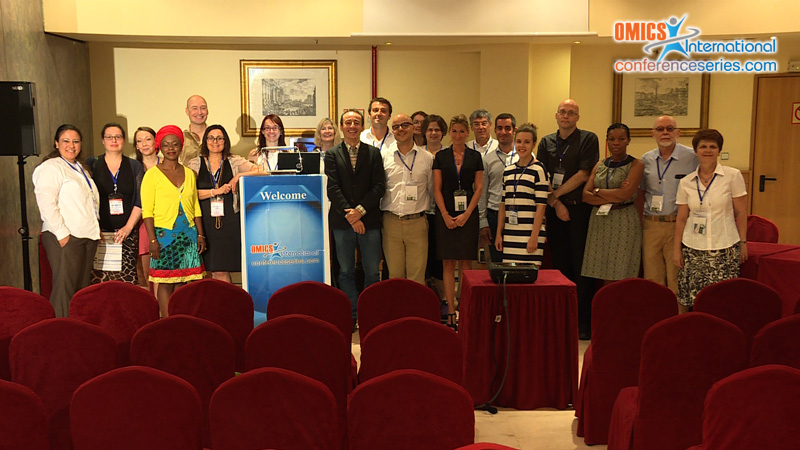
Carmen M Sarabia Cobo
Professor, University of Cantabria, Spain
Title: Apathy and leukoaraiosis in mild cognitive impairment and Alzheimer’s disease: Multicenter diagnostic criteria according to the latest studies
Biography
Biography: Carmen M Sarabia Cobo
Abstract
Aims: The aim is to study the prevalence and possible relationship of apathy and leukoaraiosis in cases of cognitive impairment of varying severity in Spain. Methods: We conducted a cross-sectional, descriptive, multicenter study involving 109 patients with Alzheimer’s disease (AD) and 59 with mild cognitive impairment (MCI). Results: The older group with AD had a higher prevalence of leukoaraiosis and apathy, with significant differences compared to the MCI group. Conclusions: To our knowledge, this is the first multicenter study in our country that jointly analyzes the presence of apathy and leukoaraiosis in the institutionalized elderly with varying degrees of cognitive impairment according to the most recent criteria for detecting apathy in dementia. The term apathy is frequently used in the neuropsychiatric literature, but is not included in the current nosological classifications such as the DSM -IV [21] and ICD -10 [22] as a separate term. Apathy can be defined as a persistent deficit of motivation, a lack or decrease in feelings, emotions or interests that give rise to a significant reduction in self-generated goal-directed behavior [23, 24]. There are several standardized scales with which apathy can be diagnosed; however, they are not unified, so that the percentage of patients suffering from apathy AD varies markedly between 19% and 76% [25, 26]. However, apathy is the most frequent symptom in neuropsychiatric AD [27, 28] and other dementias, and is associated with increased cognitive and functional impairment and a high burden on the caregiver [29, 30]. There is also a growing body of evidence that apathy is a prominent feature of pre-dementia states [31–33]. In fact, there are indications that apathy could be a predictor of progression to dementia [34] to the point that the severity of apathy would be closely related to cognitive function [35]. Robert et al. [36] evaluated patients meeting the criteria of amnestic MCI using the Apathy Inventory (AI), and then checked whether the AD had evolved after a year. The results showed that the cognitive function of patients with MCI who had apathy was higher than those in which apathy was not present. However, given its high prevalence in dementia cases in almost all studies, a 2009 work developed a set of several international associations to establish a consensus on the diagnostic criteria for apathy, mainly in AD cases [33]. Following the new consensus on leukoaraiosis and apathy, especially in cases of dementia, this study was proposed with the intent of establishing the prevalence and possible association of leukoaraiosis and apathy in two clinical groups, one with MCI (prodromal state as possible AD) and another with AD institutionalized in seven residential centers in Spain. To our knowledge, it is the first study of its kind serving the two above factors (leukoaraiosis and apathy) conducted in Spain using the new diagnostic criteria for apathy.


